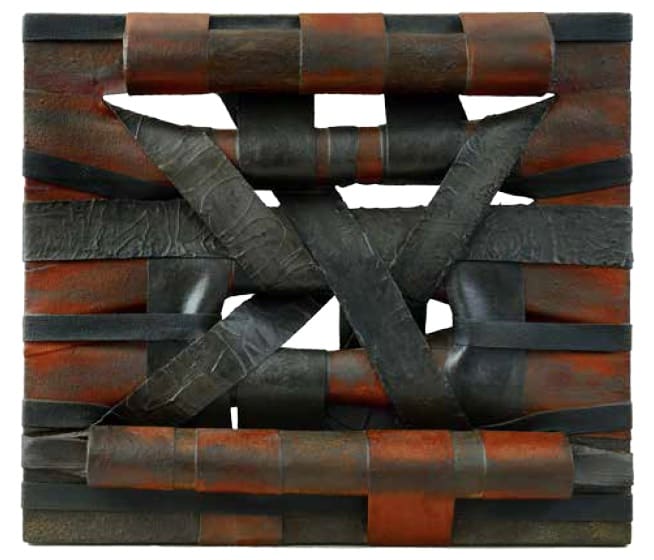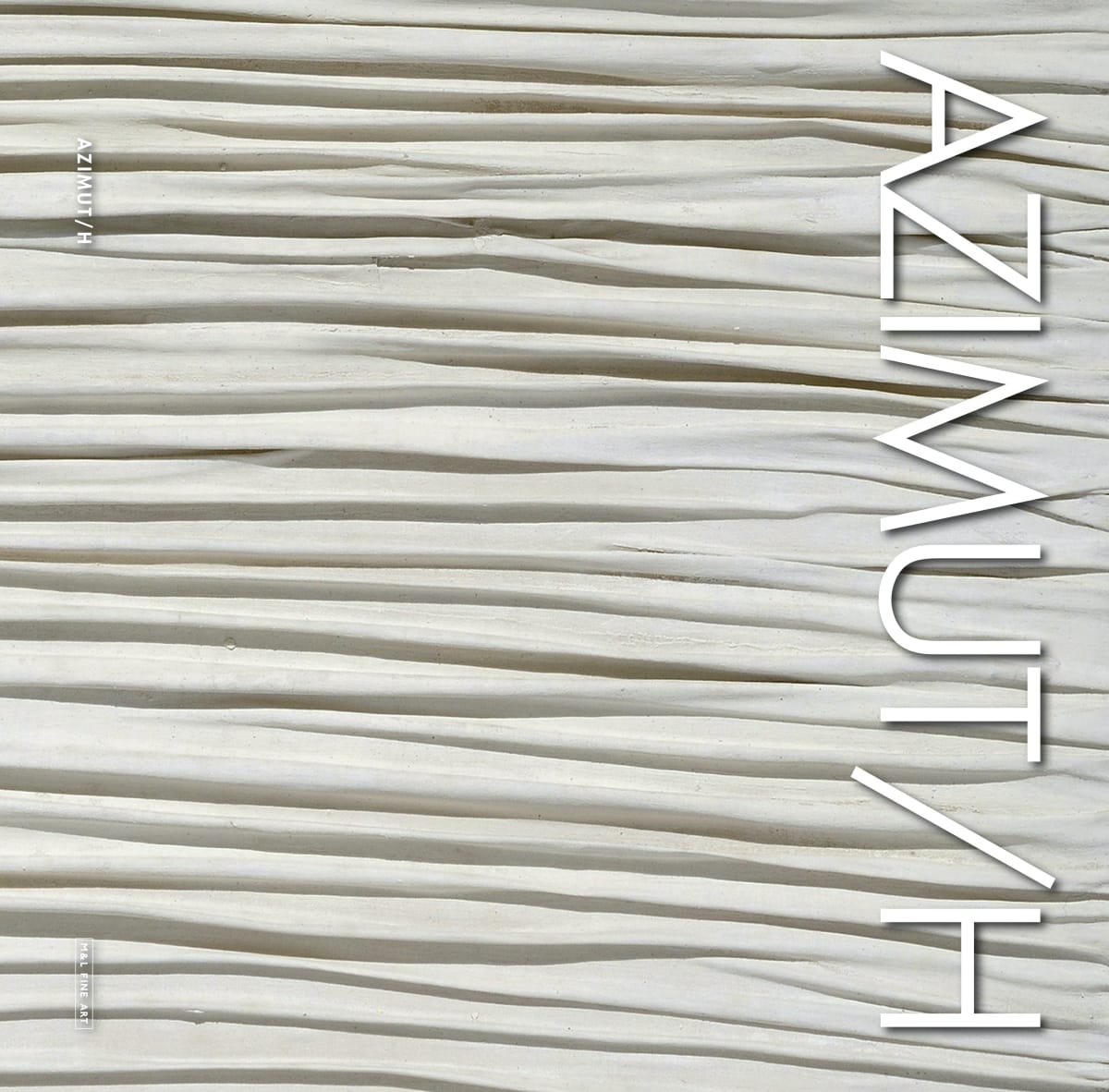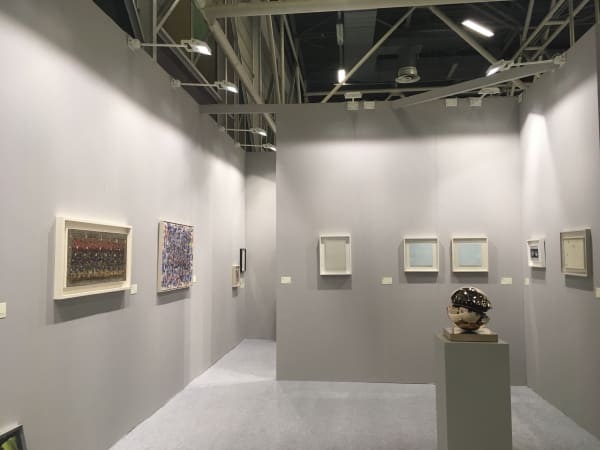Piero Manzoni Italian, 1933-1963
Piero Manzoni was born on 13 July 1933 in Soncino (a village in the Po Valley in the province of Cremona). He grew up in Milan, spending his summer holidays at Albisola (a seaside resort on the Liguria Riviera), where he and his parents used to meet Lucio Fontana, the founder of the Spatialism avant-garde movement.
Piero Manzoni made his debut in 1956 at the Fiera Mercato in the Castello Sforzesco of Soncino. The next year he took part in the exposition Movimento Arte Nucleare at the Galleria San Fedele, Milan. At that time his works were anthropomorphic silhouettes and canvases bearing the imprints of ordinary everyday objects. In 1957 he painted the first Achromes: completely white canvases covered with rough gesso and imbued with glue and liquid kaolin (white clay used in the production of porcelain).
In 1958 Piero Manzoni exhibited with Lucio Fontanaand Enrico Baj, the founder of the Nuclear Art. In the same year he began to collaborate with two young artists, Enrico Castellani and Agostino Bonalumi. In 1959 they edited the first issue of “Azimuth”, an avant-garde magazine, and founded the art gallery Azimut (run by Castellani and Manzoni). Manzoni’s way of working became more and more radical. His mature works investigated the limitation and the possibilities of the painted surface: the Lines – single line drawings on paper, placed in sealed cardboard tubes, labelled and signed by the artist (the longest one had been executed on July 4, 1960, at Hernig, Denmark, on a 7,200-meters roll of newsprint); the Bodies of Air (“Corpi d’aria”) and the Artist’s breath(“Fiato d’artista”), pneumatic sculptures filled with Manzoni’s breath; the Sculpture Eggs, authenticated by the artist’s thumbprint; the Magic Bases, pedestals that transform people standing on them into works of art; new Achromes built up of several materials (cotton, glass fibre, bread rolls etc.), some mainly white, others in phosphorescent colours.
On July 21, 1960, in Milan, Manzoni realized one of his more famous manifestations: the Consumption of dynamic art by the art-devouring public (“Consumazione dell’arte dinamica del pubblico divorare l’arte”). Manzoni marked with his thumbprint some hard-cooked eggs and offered them to the visitors, who were thus invited to “devour” art. In 1961, in Rome, Piero Manzoni certificated his first human beings with his signature in order to create Living Sculptures. In the same year he carried through his most shocking gesture: he offered for sale at the then-current price of gold, ninety cans of Artist’s Shit, each with a net weight of thirty grams.
Piero Manzoni succumbed to a fatal heart attack at the age of twenty-nine, in Milan, on 6 February 1963.
Piero Manzoni was born Count Meroni Manzoni di Chiosca e Poggiolo on July 13, 1933, in Soncino, Italy.
Self-taught, he started his artistic career as a painter, making gestural, abstract works. In the 1950s, he began to question traditional methods of art making and explored the ties among artistic practice, the collective unconscious, and so-called primal, universal imagery through manifestos: one coproduced with Ettore Sordini, Camillo Corvi-Mora, and Giuseppe Zecca (1956) and one produced independently (1957). Both were titled "Per la scoperta di una zona di immagini" (For the discovery of a zone of images). Shortly afterward and influenced by his visit to Yves Klein's exhibition at the Galleria Apollinaire, Milan, Proposte monochrome, epoca blu (Monochrome propositions, blue period, 1957)—a display of 11 virtually identical monochrome blue paintings—he began the Achrome series (1957–63).
In direct response to Klein's paintings, Manzoni experimented with a series of works in varying materials, all lacking color. He began with a series of gesso-coated canvases, moving on to canvas covered in kaolin, a form of white clay, which he then cut or folded. Later, he produced Achromes of other colorless materials: white cotton wool, fiberglass, rabbit skin, and bread, even experimenting with phosphorescent paint so that the "colors" would change over time.
Manzoni began to interrogate the nature of the art object itself with a series of proto-Conceptual works. In 1958, he created the first version of Line 1000 Meters Long, a metal drum containing a roll of paper with a precisely measured ink line along its length. In the same year, he began to produce do-it-yourself pneumatic sculptures, comprising a balloon and tripod packed in a wooden case; the buyer could either inflate the balloon on one's own or have Manzoni perform the task for a fee. From 1959 to 1960, Manzoni and artist Enrico Castellani published the only two issues of their journal, Azimuth.
In 1961 at the Galleria La Tartaruga, Rome, Manzoni began signing his name on models as well as gallery visitors, issuing them with a stamped certificate and declaring this body of work Sculture viventi (living sculptures); that same year he created Merda d'artista, an edition of nienty 30-gram cans, ostensibly containing the artist's excrement, each valued at the market price of gold. His works were often featured at Galleria Azimut, the gallery that he founded with Castellani and was open from 1959 to 1960. For the final exhibition, Manzoni distributed hard-boiled eggs marked with his thumbprint to the audience (Consumption of Art by the Art-Devouring Public, 1960), ironically positioning art in an ecclesiastical context of consumption and resurrection. He spent the final years of his life continuing to produce Achromes, experimenting with new materials including chemically altered cotton (which changed color with fluctuations in temperature), kaolin-covered dinner rolls, rocks, and wastepaper.
Piero Manzoni work has been the subject of numerous exhibitions at institutions including the Stedelijk Van Abbemuseum, Eindhoven, Netherlands (1969); Kunstverein Hannover, West Germany (1970); Contemporary Arts Museum Houston (1972); Musée d'art moderne de la Ville de Paris (1991); Castello di Rivoli, Museo d'arte contemporanea, Italy (1992); Serpentine Gallery, London (1998); Museo d'arte contemporanea Donnaregina, Naples (2007); and Gagosian Gallery, New York (2009).
-
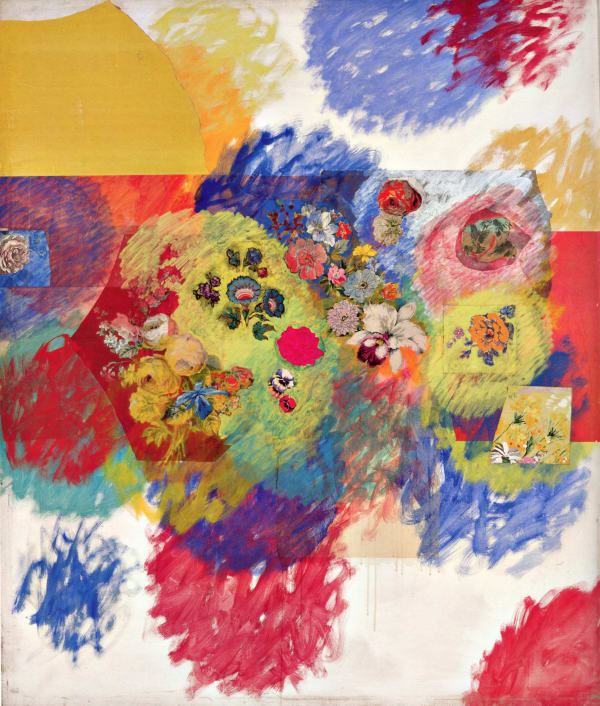
miart 2025
3 - 6 Aprile 2025We are pleased to announce our participation at Miart 2025. On this occasion our booth will showcase a selection of historically relevant paintings, sculptures and...Maggiori informazioni -
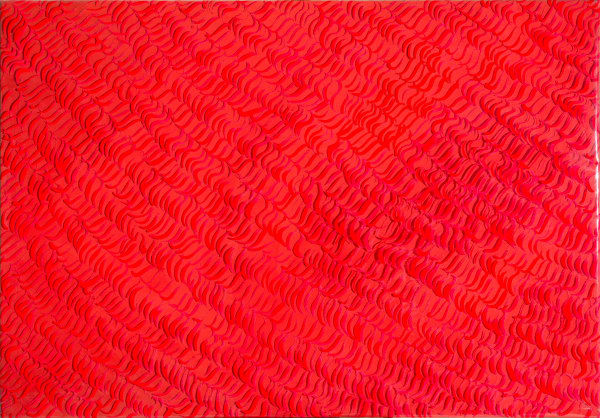
TEFAF Maastricht 2025
13 - 20 Marzo 2025We are looking forward to seeing you at TEFAF Maastricht 2025! On this occasion our booth will showcase a selection of historically relevant paintings, sculptures...Maggiori informazioni -
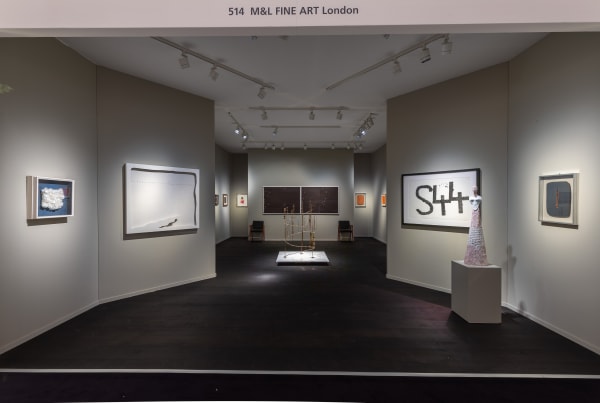
TEFAF Maastricht 2020
4 - 11 Marzo 2020We are pleased to announce our participation at TEFAF Maastricht 2020. Our booth will showcase a selection of historically relevant paintings, sculptures and works on...Maggiori informazioni -
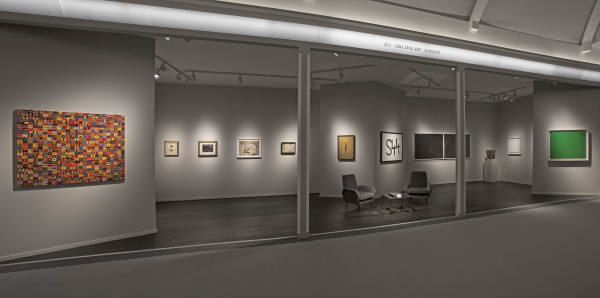
Masterpiece London 2019
27 Giugno - 3 Luglio 2019M&l Fine Art is pleased to participate, for the fourth consecutive year, at Masterpiece London. Our booth featured a selection of historic works by Modern...Maggiori informazioni
-
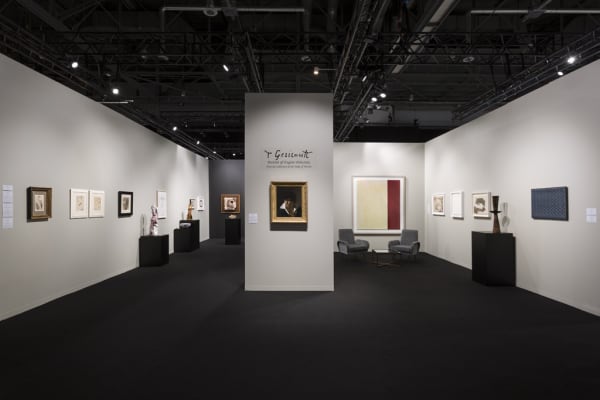
Artgenève 2019
31 Gennaio - 3 Febbraio 2019Led by important and historic works by Théodore Géricault, Paul Gauguin, Lucian Freud and Piero Manzoni, M&L Fine Art's booth presented a tightly curated booth...Maggiori informazioni -

Masterpiece London 2018
28 Giugno - 4 Luglio 2018Maggiori informazioni -
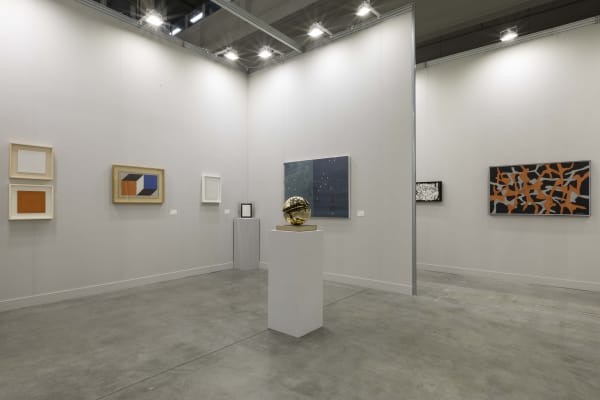
MIART 2018
13 - 15 Aprile 2018Galleria Matteo Lampertico is pleased to partecipate at Miart 2018. Our booth will present a selection of works by Italian and Internartional artists, including Alighiero...Maggiori informazioni -
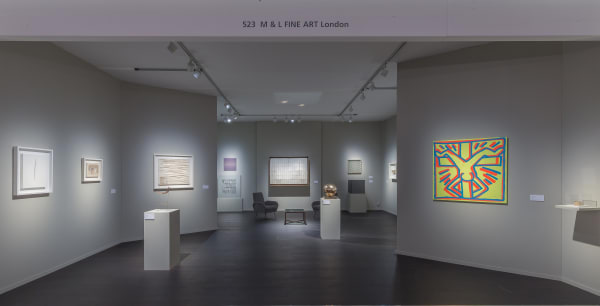
TEFAF Maastricht 2018
8 - 18 Marzo 2018M&L Fine Art is pleased to announce its inaugural participation at TEFAF Maastricht. Our booth will present a curated selection of Italian and international post-war...Maggiori informazioni










